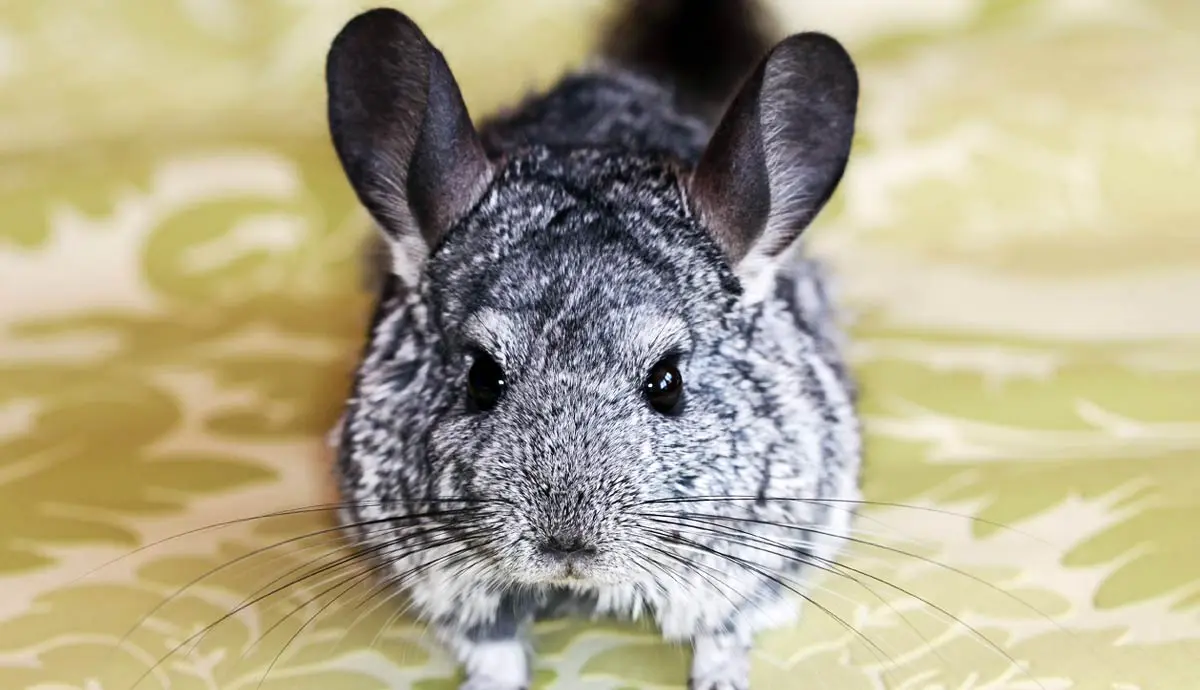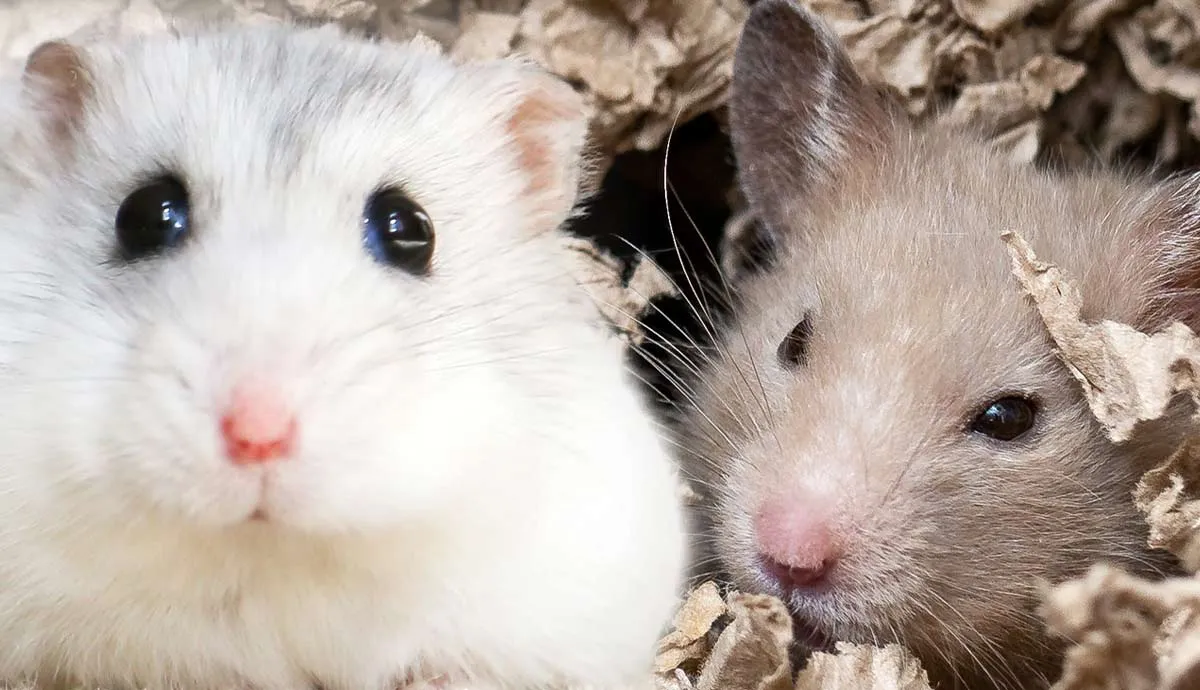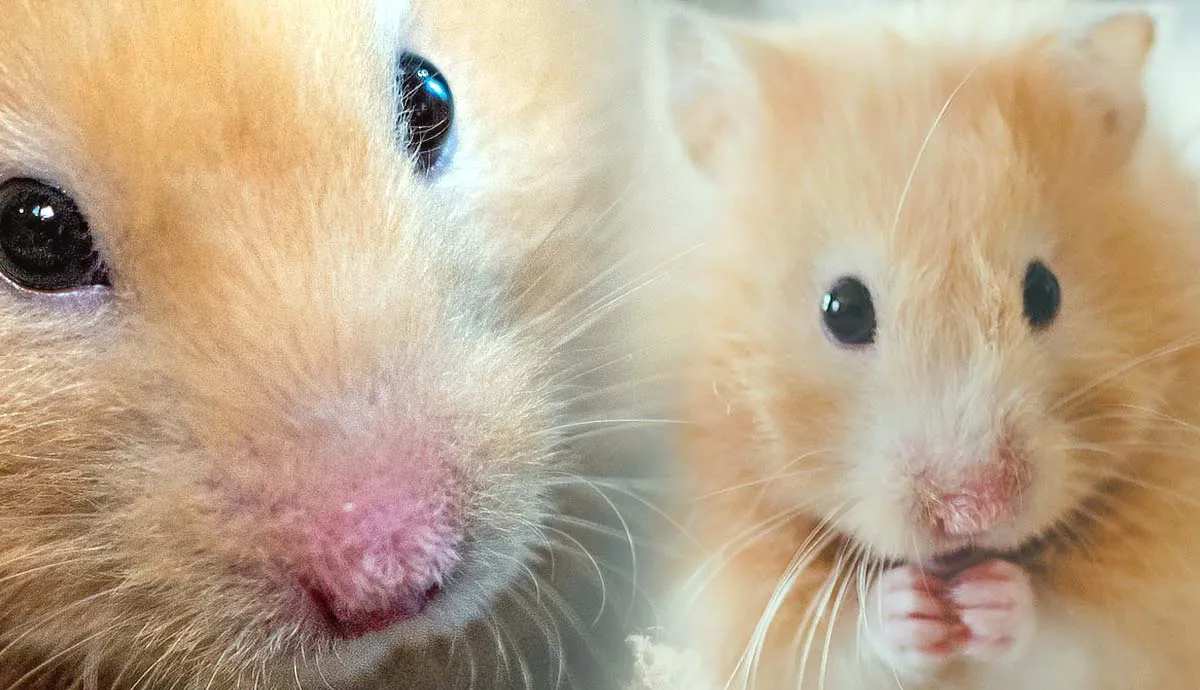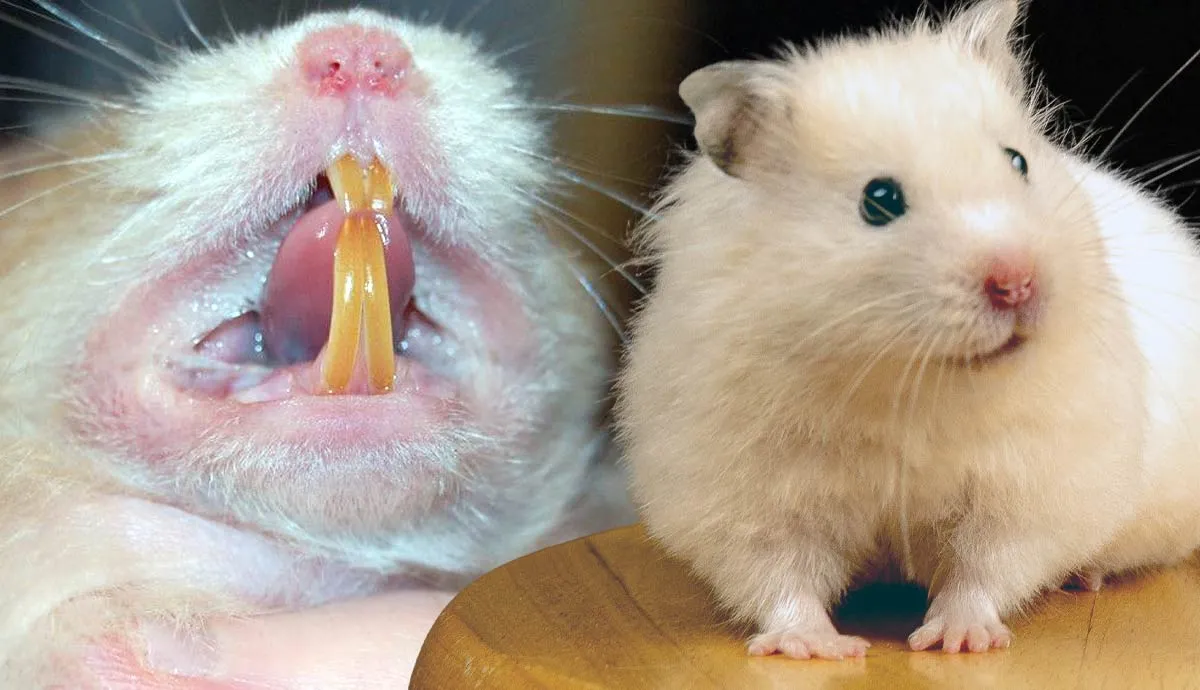Once you understand the basics of caring for a chinchilla, these furry little critters are wonderful pets. A proper diet, fresh water, nice housing, dust baths, and plenty of social interaction are what will keep your chinchilla happy, healthy, and well-adjusted. Before you dive into chinchilla ownership, take time to research and set up an environment that your new pet will love.
Choosing a Cage for Your Chinchilla

Chinchillas are very active and need a large cage, preferably with multiple levels. You will want to have the cage purchased and set up before you bring your new pet home, this will make transitioning into your home easier on the chinchilla. Like with hamsters, guinea pigs, hedgehogs, and bunnies, chinchillas need a big enough cage to stretch out and enjoy life.
Setting up the cage will include an appropriate nest box, water bottle, toys, hanging chew toys, bridges, ledges, and an area for a dust bath. Chinchillas love to jump, make sure their cage is tall enough to allow them to jump and there are areas for climbing. Add a chinchilla hammock for napping, your chinchilla will love it.
While cleaning a chinchilla cage is not fun, it is necessary. Be diligent about cleaning your chinchilla’s cage to ensure they are not living in filth. Deep clean the cage at least once a week and scoop out the solid waste and any noticeable wet spots daily.
Steady Temperatures
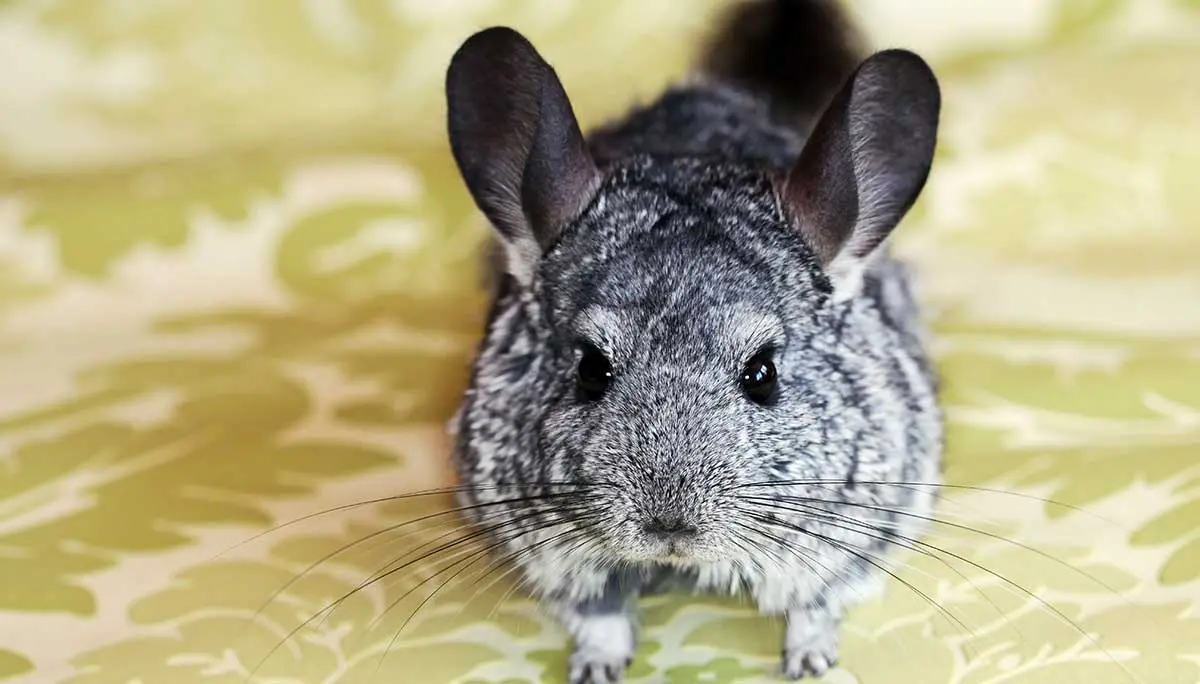
A chinchilla has very dense fur and can overheat easily. Be sure to place your chinchilla cage away from heat vents and in a cooler area. It is easy for chinchillas to suffer from heatstroke and seizures. If you notice the temperature in your home is rising, move your chinchilla to a cooler area and closely monitor them. If you notice odd behavior, contact your veterinarian immediately, heatstroke is serious.
By keeping the temperatures cool and steady, your chinchilla will never need to wear a coat or any other cute clothes. In fact, because of their dense fur, clothing can cause elevated body temperatures. It is best to refrain from dressing your chinchilla in any type of clothing.
Chinchilla Diet

Feeding a good quality diet is an important part of chinchilla ownership. Chinchillas require a diet high in fiber. Grass hay should be most of a chinchilla’s diet. Treats need to be kept to a minimum, especially sweet treats. Too many treats can cause digestive upset. Diets high in fats will cause health problems and shorten a chinchilla’s lifespan.
There are specially formulated chinchilla pellets available for pet owners to ensure they get the best nutrients. Do not feed generic pellets that claim they are sufficient for any small pet such as bunnies, hamsters, and guinea pigs. You will want to purchase pellets that are specifically for chinchillas and can be purchased in most pet stores, on Chewy, or on Amazon. Add timothy hay to your chinchilla’s diet daily, fresh hay is always preferred and you will want to toss out day-old hay.
Keep Plenty of Fresh Water Available
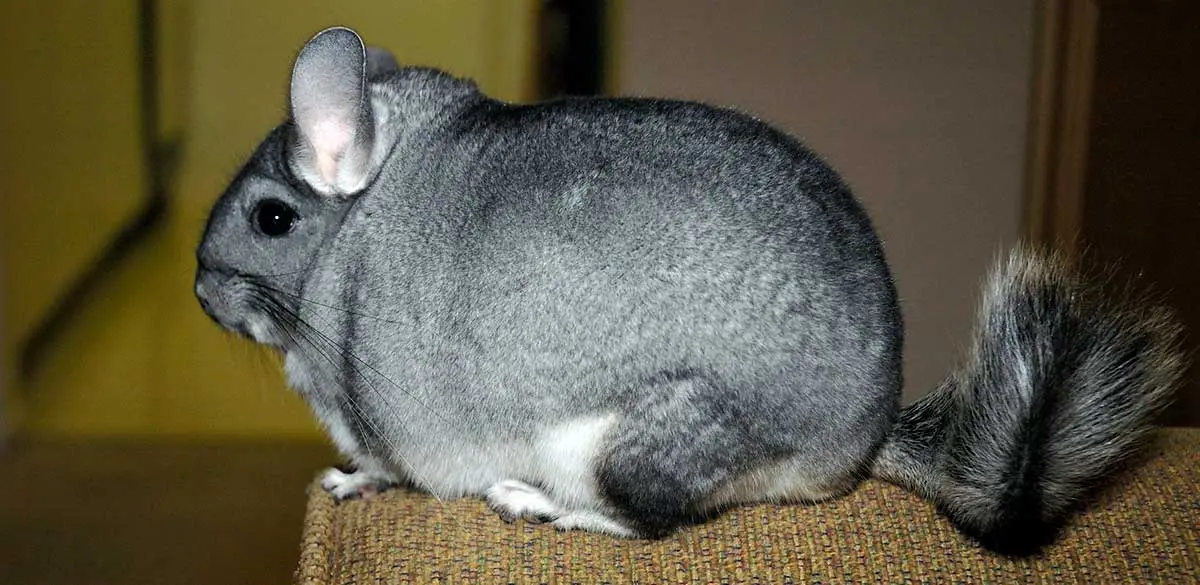
Keep a constant supply of fresh water available for your chinchilla. There are several different sizes of water bottles available, you will want to get one that is recommended for a bunny. It is best to keep the bottle filled daily and do a thorough cleaning of the bottle and mouthpiece once a week. This eliminates any bacterial growth that can cause health issues.
Do not use water bowls for your chinchilla, they need to have a water bottle. If you have a smaller water bottle or notice your chinchilla is drinking excessively, attach another water bottle to their cage to ensure they have plenty of clean water.
Dehydration can be dangerous for chinchillas. It is relatively easy to tell if your chinchilla is dehydrated. Visibly inspect their ears. If you notice their ears are turning red, either on the inside or outside, your chinchilla is either overheated or dehydrated.
Have Dust Baths Available
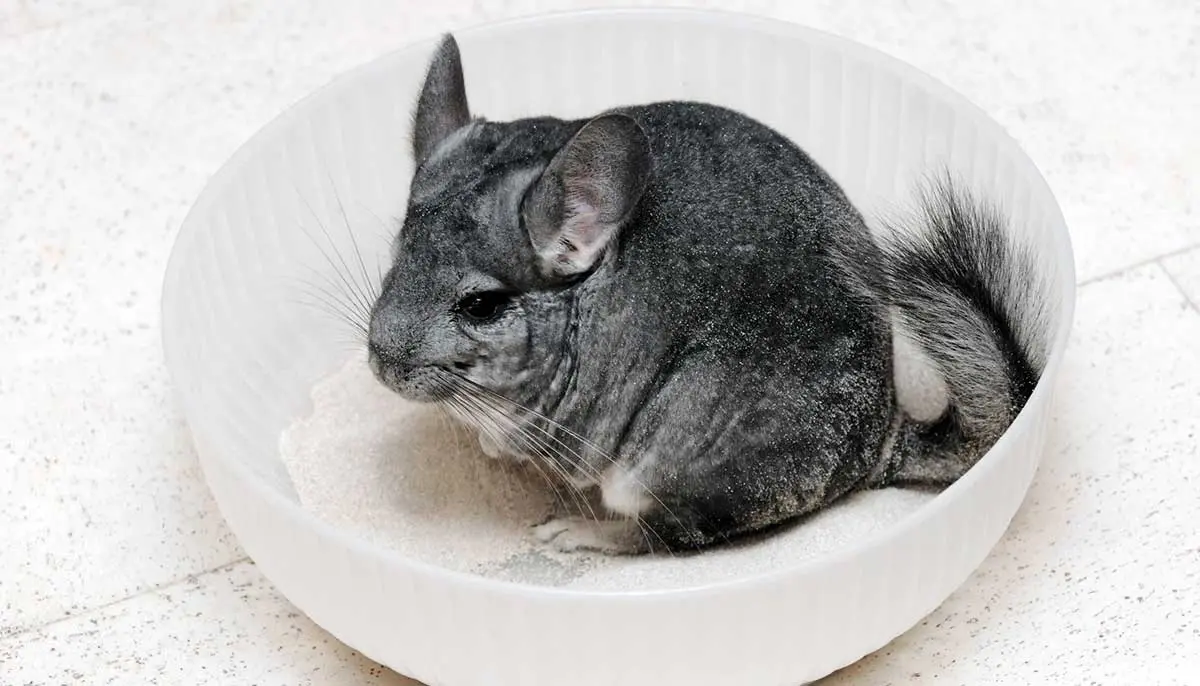
You do not want to give your chinchilla regular baths with soap and water. Instead, a chinchilla needs what is known as a dust bath to keep their fur in excellent condition. You never want to bathe your chinchilla in water. Similar to a hamster, chinchillas only need a dust bath to stay clean.
In their cage, provide your chinchilla with a container filled with fine chinchilla dust. This dust can penetrate through the thickness of their fur absorb oils and clear away any dirt. Chinchillas love having a dust bath and you will see them rolling in the dust often.
Chinchillas self-groom and do not usually need you to take a comb or brush to their fur. Provide clean dust for your chinchilla at least 2 to 3 times per week. You can order chinchilla dust online or at most pet supply stores.
Socialization and Handling for Chinchillas

Chinchillas should be handled from birth when they are going to be someone’s pet. It will take time for a chinchilla to become used to being held in your hands, and some may never want to be restrained. Instead, they may prefer climbing on you or exploring.
Spend time handling your chinchilla each day to ensure they are tame and willing to be touched and examined. You will be very thankful you spent the time handling your chinchilla if they ever do get sick and need medical attention and medication.
If you do not handle your chinchilla and leave them to their own devices, they can become destructive, restless, or even depressed. They are social animals and want to spend time with you and in some instances other chinchillas.
Chinchilla Health and Wellness

With a proper diet and proper care, most chinchillas are healthy. Illnesses do happen, though. There are preventable illnesses such as digestive issues and dental disease. Knowing how to properly care for your chinchilla will help you avoid these issues. Limit the number of treats, especially fruits, and keep your chinchilla on commercial chinchilla pellets and timothy hay.
Provide plenty of chew toys for your chinchilla to allow them to wear down their teeth. Excessive sweets and treats can cause teeth issues as well. Overgrown teeth in chinchillas are common, their teeth can grow up to 2 to 4 inches each year.
If you are thinking about adding a pet to your family, look beyond the typical cat or dog and consider a chinchilla. But be sure to set up the proper environment for your new chinchilla and provide the necessary diet to keep them healthy. Handling and socialization are a big part of making sure your new pet chinchilla is happy and enjoying life to the fullest. These small animals are easy to care for once you know the basics.
